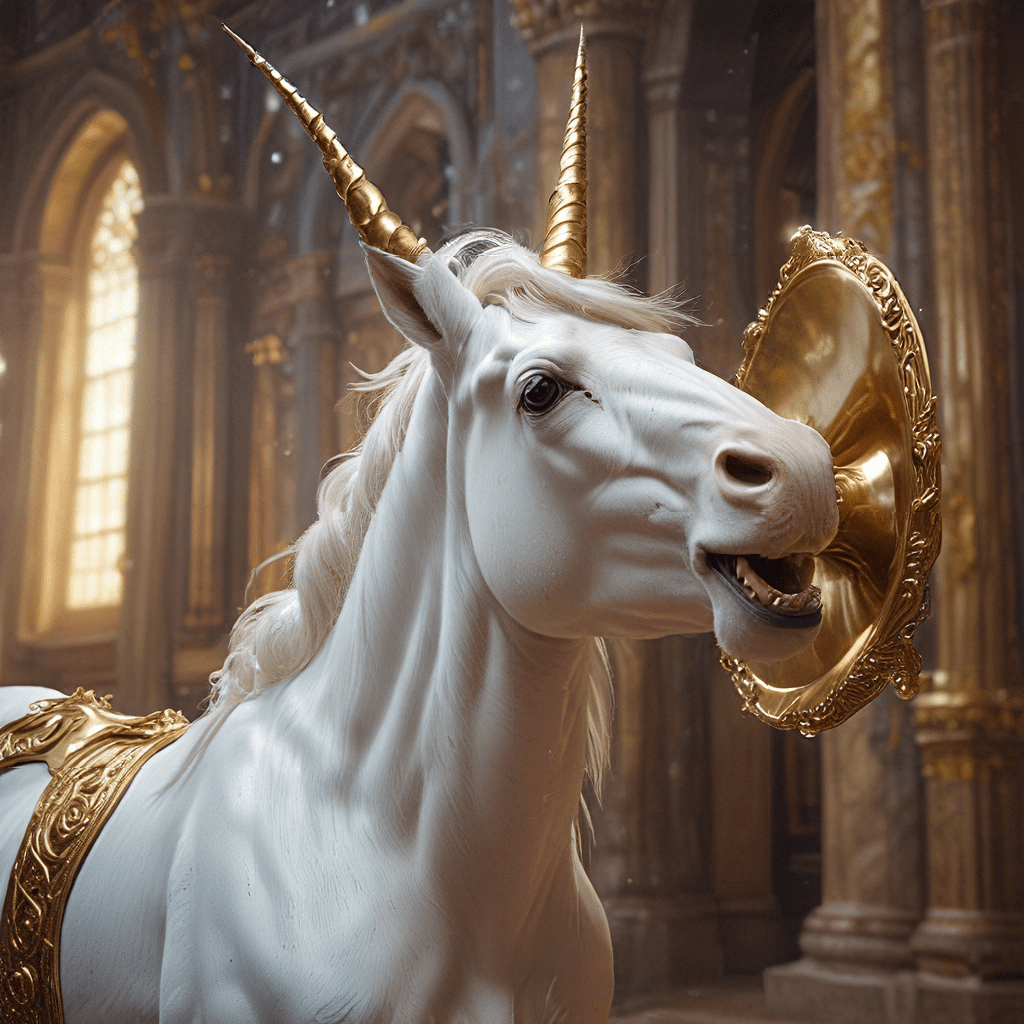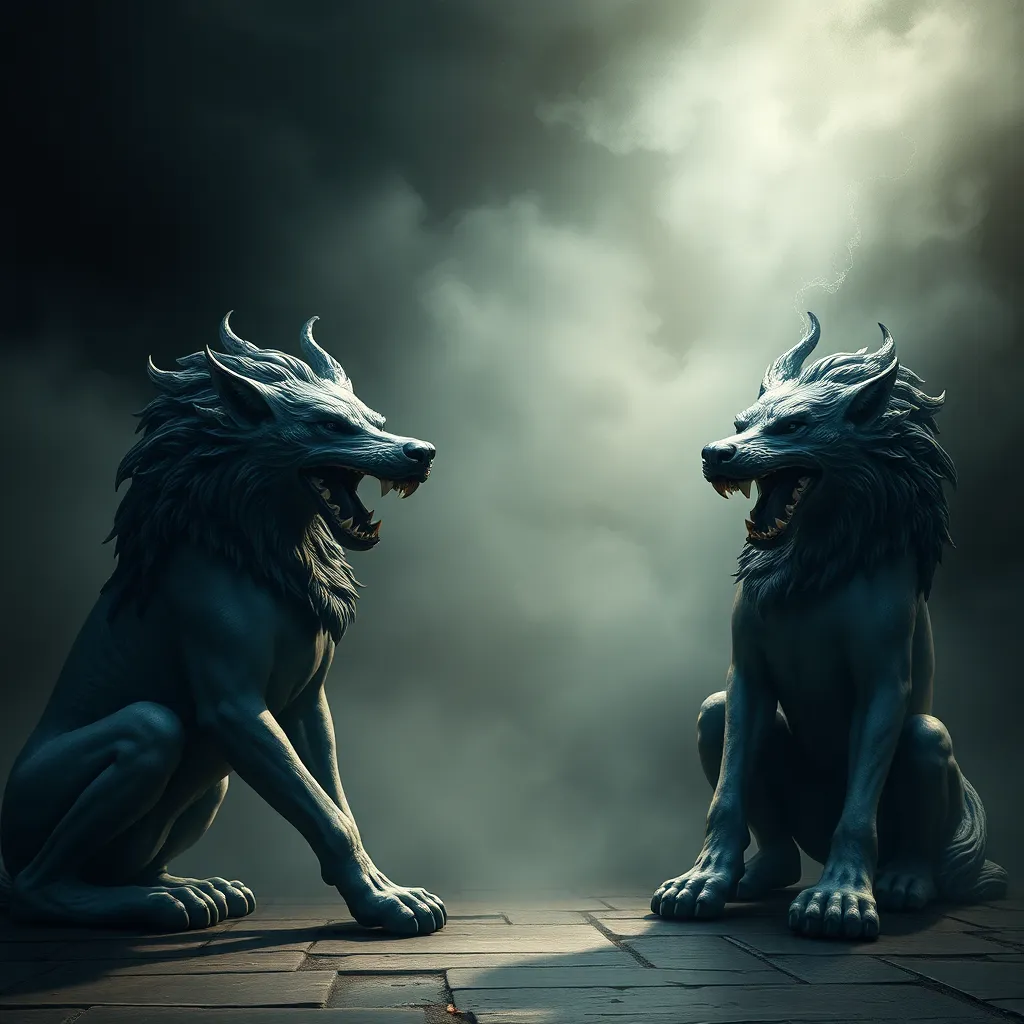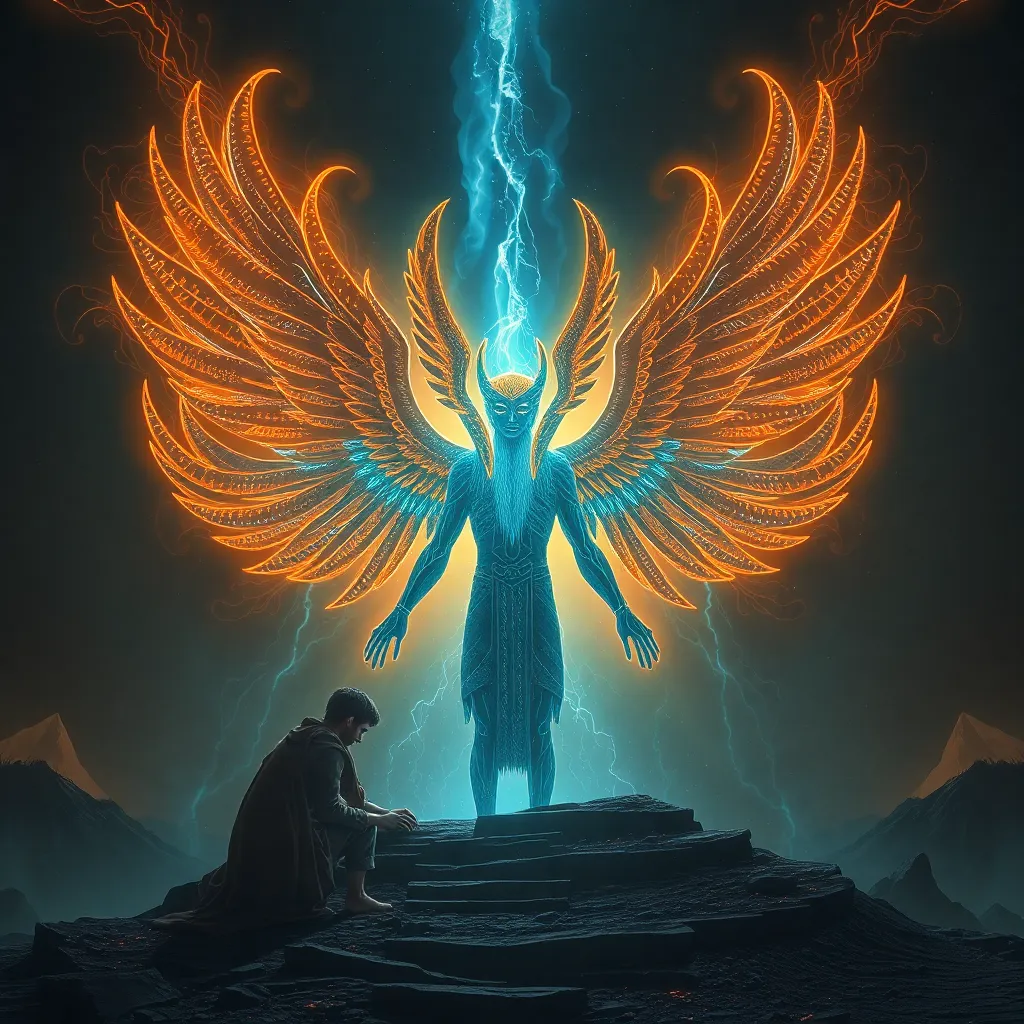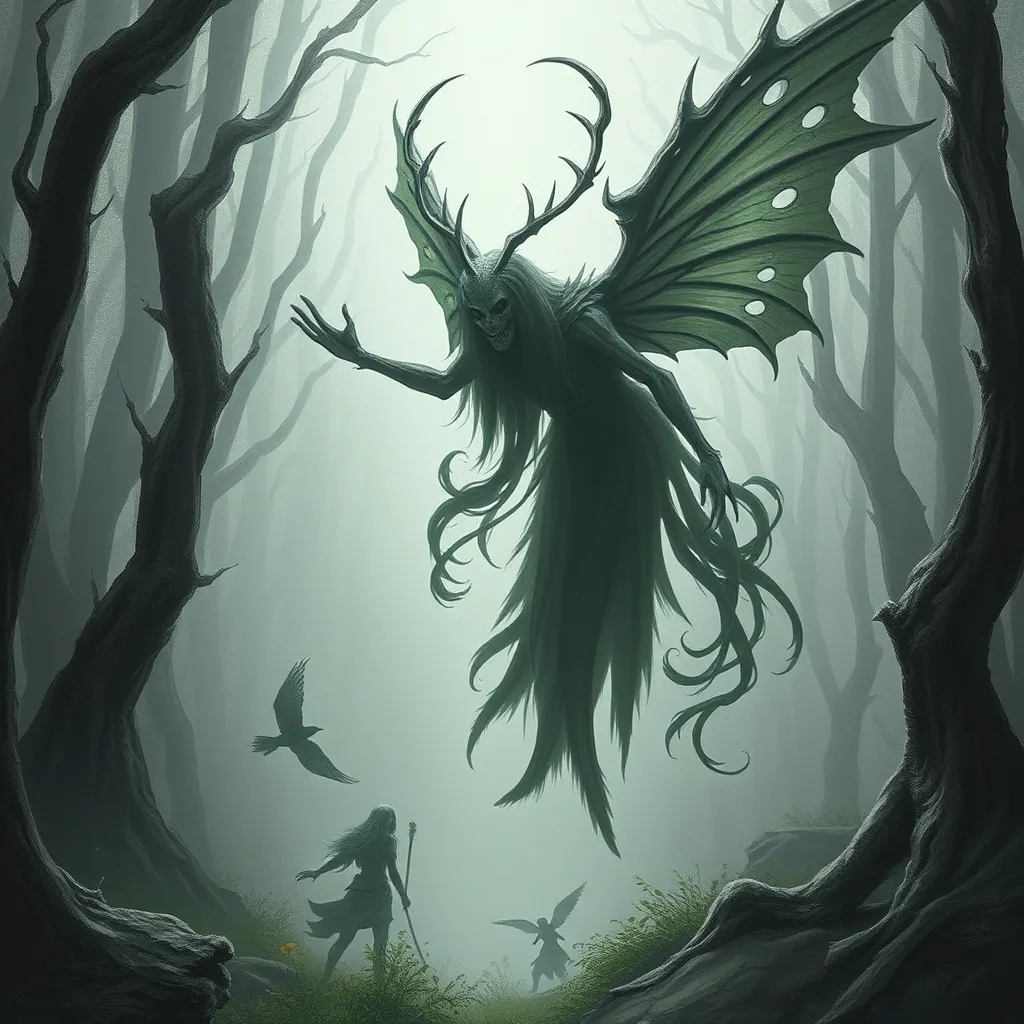The Unicorn: A Symbol of Purity and Power
The unicorn, a creature of myth and legend, has captivated the human imagination for centuries. With its spiraling horn, graceful body, and ethereal beauty, the unicorn has become a symbol of purity, grace, power, and magic. Across cultures and time periods, the unicorn has been depicted in art, literature, and folklore, weaving its way into the fabric of human storytelling.
The unicorn’s enduring appeal stems from its enigmatic nature. It is a creature of paradox, blending the delicate beauty of a horse with the formidable power of a mythical beast. Its horn, often described as spiraling, is believed to possess magical properties, capable of purifying water, healing the sick, and even neutralizing poisons. The unicorn is often linked to concepts of virginity, innocence, and spiritual enlightenment.
Mythological Origins of the Unicorn
The unicorn’s origins are shrouded in mystery, but its presence in human imagination can be traced back to ancient times. While the unicorn is most famously associated with Western cultures, especially Europe, the concept of a horse-like creature with a single, spiraling horn appears in various forms across the globe.
Ancient Greek and Roman Accounts
In ancient Greece, the unicorn was known as the **monoceros**, a creature mentioned by writers such as Ctesias, who described it as a wild, powerful beast with a single horn. The unicorn was also depicted in Greek art, often portrayed as a fierce warrior beast. The Romans, influenced by Greek mythology, adopted the unicorn into their own pantheon of creatures. In Roman accounts, the unicorn was associated with strength and resilience, often depicted in battle scenes or as a symbol of power.
Medieval European Legends: From Beasts to Heraldry
During the Middle Ages, the unicorn took on a new significance in European culture. It became deeply entwined with Christian symbolism, often representing the Virgin Mary, Christ, and purity. The unicorn’s horn was believed to hold powerful healing properties, and it was often used as a talisman to ward off evil spirits.
The unicorn’s popularity in medieval Europe also led to its widespread use in heraldry. The image of a unicorn, often depicted with a chain, was incorporated into the coats of arms of noble families, signifying qualities such as strength, purity, and grace. The unicorn’s association with royalty and nobility further cemented its place in the European imagination.
The Unicorn in Asian Mythology
The unicorn is not limited to Western mythology. In Asian cultures, similar mythical creatures with horns appear in various forms. In China, the **qilin**, a horned creature with scales and a dragon’s head, is considered a symbol of good fortune and prosperity. The **kirin** in Japanese mythology, also with a horn, is believed to bring peace and harmony. The presence of these horned creatures in Asian mythology underscores the universal appeal of the unicorn archetype.
The Unicorn as a Symbol of Christ
The unicorn’s association with Christian symbolism emerged strongly during the Middle Ages. Its association with purity, grace, and innocence made it an ideal representation of Christ. The unicorn’s capture, often depicted in art, was seen as a metaphor for Christ’s sacrifice. The unicorn’s horn, imbued with healing properties, was viewed as a symbol of Christ’s ability to cure the sick and redeem humanity.
The unicorn’s connection to the Virgin Mary is also significant. Its representation of virginity, purity, and innocence made it a fitting symbol for the mother of Jesus. In medieval art, the unicorn is often depicted kneeling before the Virgin Mary, symbolizing its devotion and offering of purity.
The Unicorn’s Horn: Mythical Properties and Uses
The unicorn’s horn has been the subject of much fascination and speculation throughout history. Believed to possess magical and medicinal properties, the horn was highly sought after and prized. Ancient Greeks and Romans used unicorn horns to purify water and neutralize poisons. In medieval Europe, the horn was believed to have the power to heal the sick and ward off evil spirits. It was also believed to be an antidote to venoms, a belief that persisted for centuries.
The unicorn’s horn was often used to create drinking vessels, believing that the horn’s magical properties would protect the drinker from harm. The horn was also used as an ingredient in medicines, potions, and elixirs, with the belief that it could cure a wide range of ailments. Although these beliefs are now considered to be mythical, the unicorn’s horn remains a potent symbol of power, purity, and healing.
The Unicorn in Literature and Art
The unicorn has been a popular subject in literature and art for centuries. From ancient Greek and Roman accounts to medieval bestiaries and tapestries, the unicorn has been depicted in a variety of ways. In literature, the unicorn has appeared in works by writers such as C.S. Lewis, J.K. Rowling, and J.R.R. Tolkien. In art, the unicorn has been featured in paintings, sculptures, tapestries, and even stained glass windows. The unicorn’s enduring presence in literature and art speaks to its powerful impact on the human imagination.
The unicorn’s depiction in art often reflects its symbolism. In medieval art, the unicorn is often depicted being captured by a virgin, a symbol of its vulnerability to purity and Christ’s sacrifice. In Renaissance art, the unicorn is often portrayed as a majestic and powerful creature, emphasizing its strength and beauty. Modern artists continue to find inspiration in the unicorn, reimagining it in their own unique ways.
The Unicorn’s Enduring Appeal
The unicorn’s enduring appeal lies in its paradoxical nature. It is a creature of both grace and power, innocence and magic. The unicorn’s horn, a symbol of strength and purity, continues to fascinate and inspire. The unicorn’s ability to evoke such powerful emotions has cemented its place in the collective unconscious. Its enduring popularity is a testament to its ability to tap into universal human desires for beauty, purity, and magic.
The unicorn’s enduring appeal is also rooted in its ability to adapt and evolve. While the unicorn’s core symbolism remains consistent, its representation has evolved over time, reflecting changing cultural values and beliefs. The unicorn has been embraced by different cultures and time periods, demonstrating its universality and resilience. The unicorn’s enduring presence in the human imagination speaks to its deep-seated connection to our collective desire for something beyond the ordinary.
Modern Interpretations and Theories
In modern times, the unicorn continues to captivate the imagination. Some scholars believe that the unicorn myth originated from sightings of animals with horns, such as the narwhal, which was once believed to be a mythical creature. Others have suggested that the unicorn is a representation of the human desire for a perfect and unattainable ideal.
The unicorn’s symbolism has also been reinterpreted in modern times. In popular culture, the unicorn has become a symbol of LGBTQIA+ pride, representing a celebration of diversity and individuality. The unicorn’s association with magic and wonder has also made it a popular symbol in children’s literature and entertainment.
Regardless of its origins, the unicorn remains a powerful and enduring symbol. Its ability to represent both purity and power, innocence and magic, continues to resonate with audiences around the world.
FAQ
**Q: What is a unicorn?**
**A:** A unicorn is a mythical creature typically depicted as a horse with a single, spiraling horn on its forehead.
**Q: Where did the unicorn originate?**
**A:** The unicorn’s origin is unknown, but its prevalence in various cultures suggests it may be a universal archetype.
**Q: What are some of the unicorn’s symbolic meanings?**
**A:** The unicorn symbolizes purity, grace, innocence, power, magic, and sometimes Christ or the Virgin Mary.
**Q: What is the significance of the unicorn’s horn?**
**A:** The horn is believed to have magical properties, like purifying water, healing the sick, and neutralizing poisons.
**Q: Is there any scientific evidence of unicorns?**
**A:** No, unicorns are mythical creatures. However, some scholars believe the unicorn myth originated from sightings of animals with horns, like the narwhal.
**Q: How is the unicorn depicted in modern culture?**
**A:** The unicorn is often depicted in children’s literature, movies, and merchandise. It has also become a popular symbol of LGBTQIA+ pride.



